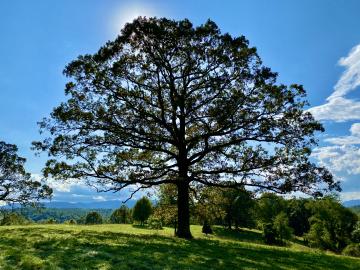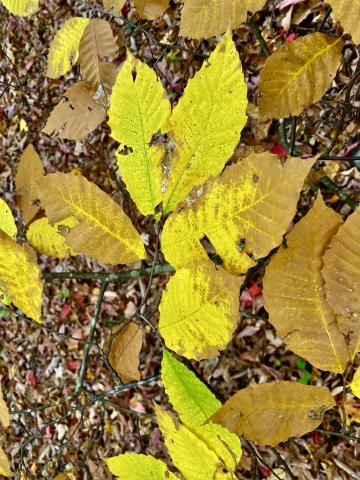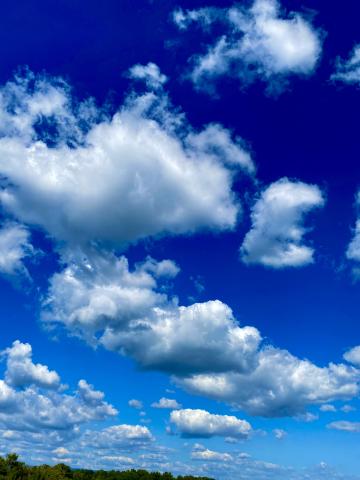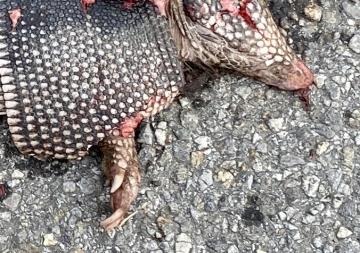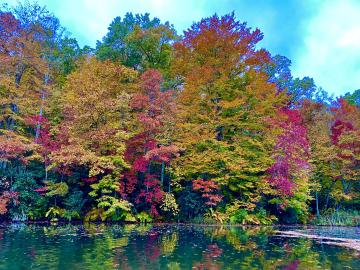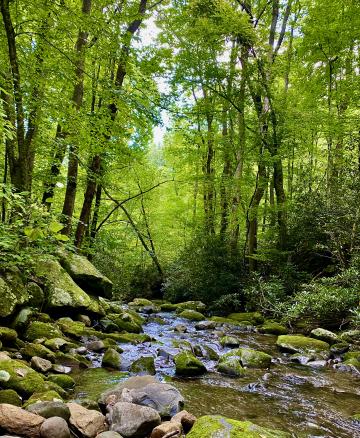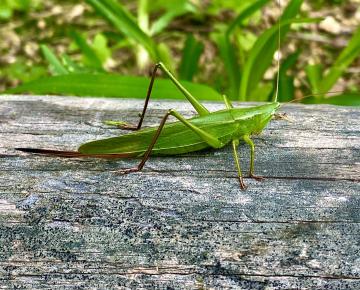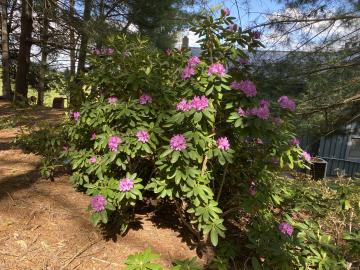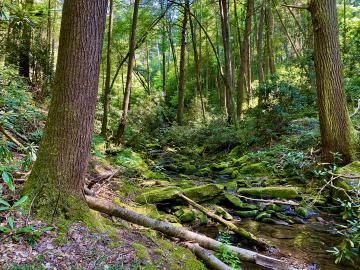Tree Beauty beyond Autumn
Now that the beauty of Autumn is past and the trees are mostly laid bare, some folks bemoan the starkness of the winter forest. But now that you can see them, the limbs, branches, and twigs of trees offer a silhouette of graceful beauty all their own, especially with the sun shining behind them. Another overlooked aspect is the beauty of their design and function.
- Read more about Tree Beauty beyond Autumn
- Log in to post comments
